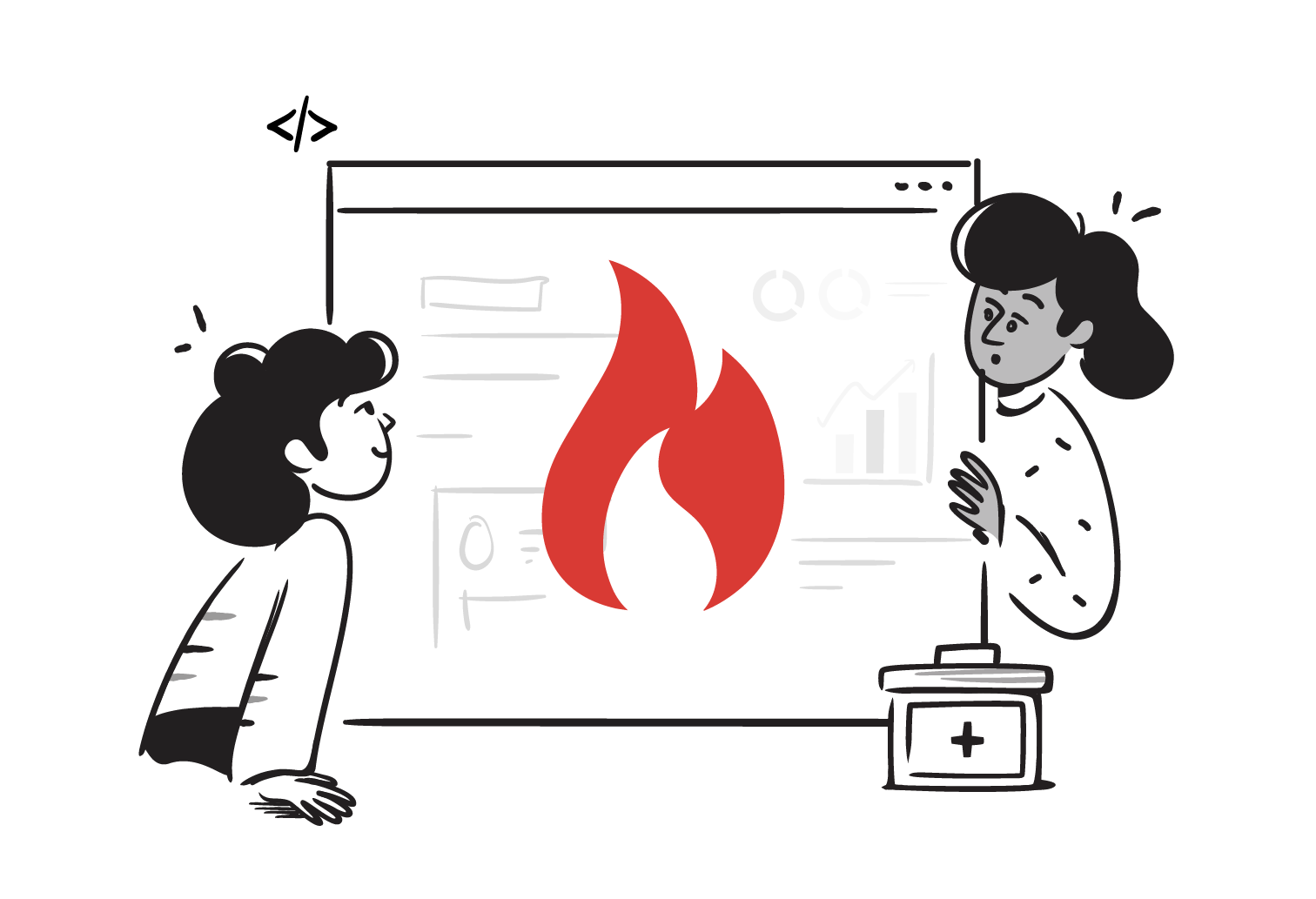Healthcare data standards can feel like a bowl of spaghetti — intertwined and somehow, when you try to pick up one strand, you end up lifting the whole bowl. But fear not! Let’s dive into this bowl together and figure out what’s what, based on insights from a thought-provoking pre-print publication that’s grabbing attention.
Imagine you’re at a three-course meal. Each course here represents a domain in healthcare data standards: clinical care and administration, data exchange, and longitudinal analysis. Each domain has its own best-suited standard: FHIR, openEHR, and OMOP respectively. Like dining, there’s an art to picking the right utensil (read: standard) for the course (read: data use case).
1. Clinical Care and Administration
First up, we have clinical care and administration. This is the daily bread and butter of healthcare data — from records in EMRs to billing information. Here, openEHR shines. Think of openEHR as that handy swiss army knife. A tool you keep around because it does the job well within the confines of an organization, handling the many-sided needs of clinical documentation with ease.
What is openEHR?
-
openEHR defines maximal datasets and cuts.
-
openEHR adopts a more stringent approach, starting with a comprehensive global representation from which you can scale down. However, the framework of the standard itself does not easily facilitate a complete shift between different paradigms.
-
openEHR utilizes a two-level modeling paradigm, where global datasets are established as CKMS archetypes, and these can be refined into what are known as templates for specific local use cases. This method allows various specialties to depict the same concept, such as a medication prescription, using different degrees of detail and terminologies. Consequently, openEHR is effective for creating forms using these templates, while maintaining consistency across the board with global openEHR archetypes.
-
openEHR is faster, and it’s easier to quickly create something on top of while still maintaining data consistency, because you always cut down from these global archetypes.
-
In openEHR, while you can always design new custom archetypes, most users typically rely on established global international archetypes. Only when these do not meet their specific requirements do they create their own unique archetypes.
2. Data Exchange
Then comes data exchange. As patients shuffle between healthcare providers, ensuring continuity of care through effective data exchange becomes vital. Enter FHIR. If openEHR is a swiss army knife, FHIR is the flexible spatula, adept at flipping between different organizations’ systems, ensuring data moves smoothly along the patient care journey.
What is FHIR?
-
FHIR (Fast Healthcare Interoperability Resources) defines minimal datasets and ads.
-
The reason FHIR works so effectively across various data exchange paradigms is its highly customizable nature. Users have the freedom to adapt and create their own standards within the overarching framework of FHIR. This adaptability is particularly apparent when governments or other entities develop specific profiles to meet their unique needs—they frequently customize these profiles. Essentially, this customization reflects a broader desire among users to tailor solutions to their specific scenarios. FHIR supports this demand by providing a level of flexibility in modeling that is significantly greater than many other frameworks.
-
FHIR features a mechanism known as profiles, which enhance existing resources by adding new dimensions. This allows for the enforcement of specific fields, incorporation of extensions, and much more. Essentially, FHIR provides the flexibility to extensively modify and expand upon the base foundation resources, offering numerous possibilities for customization.
-
In FHIR, profiling involves adding your own constraints to an existing resource to better suit specific needs. For instance, the standard observation resource may not adequately detail specific use cases such as blood pressure or heart rate on its own. Therefore, each profile is tailored to accurately represent these particular concepts according to individual requirements.
-
FHIR offers a robust foundational standard that allows for extensive customization across various paradigms. Users can adapt and expand upon the existing base resources by creating their own unique archetypes.
3. Longitudinal analysis
Finally, we have longitudinal analysis. This is where big data comes out to play, crafting insights from vast datasets. OMOP acts as the precise scalpel in this scenario, cutting through the data with the precision needed for high-quality research and analytics.
What is OMOP?
-
OMOP (Observational Medical Outcomes Partnership) is much simpler to work with than openEHR or FHIR.
-
OMOP features a straightforward and unambiguous table structure. It essentially organizes data by defining individuals and their corresponding data points, conditions associated with these individuals, and the relational links between conditions and persons. All of this data is neatly representable in SQL tables. Although it might not offer the detailed granularity of systems like openEHR or FHIR, OMOP often provides just what researchers need to a large extent.
-
OMOP allows you to directly use SQL queries and familiar tooling, with its data models resembling SQL tables. This setup lets you explore and fully grasp the schema by simply navigating through it.
-
Additionally, OMOP often includes code systems within its package, simplifying tasks such as traversals on these systems. Essentially, OMOP provides a comprehensive dataset that meets all the analytical needs in one place. In contrast, FHIR or openEHR do not inherently include code systems such as LOINC or SNOMED CT.
An essential addition to this mix is the use of terminologies and ontologies. Terminologies like SNOMED CT and LOINC, give meaning to the data, regardless of the standard used. FHIR, openEHR, and OMOP all rely on these to make data rich and meaningful.
So, why can’t we just settle on one standard to rule them all? The simple answer is that each of these standards serves its purpose well within its own domain. openEHR caters to the nuanced needs of clinical documentation. FHIR facilitates the fluid exchange of patient data across care settings. And OMOP simplifies complex datasets for insightful analytics.
As we stand at the crossroads of health data standards, it’s clear that each standard has carved a niche where it adds the most value. While it’s tempting to dream of a unified standard, the current landscape reflects the diverse, nuanced needs of healthcare data handling.
However, the conversation isn’t over. The health-tech world is dynamic, and who knows? Maybe one day, we’ll find that elusive “silver bullet” standard. Or perhaps, we’ll move towards a more integrated approach that blends the best of each standard.

